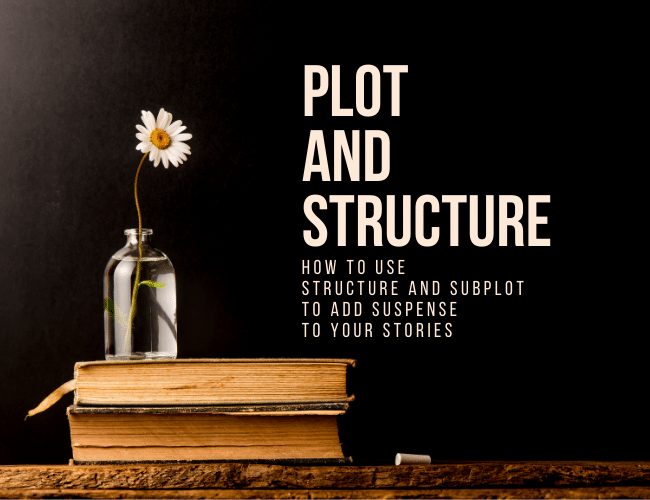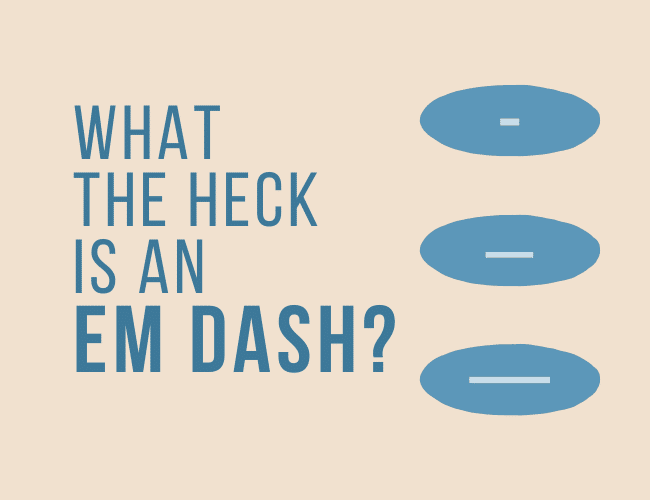
by Liz Bureman and Elizabeth Nettleton |
One of my all-time favorite movies is The Usual Suspects. I could watch it on a loop, and I’d still never get sick of it. If you haven’t seen it, I’m going to spoil the ending, and if you keep reading and get mad at me, it’s your own fault because that movie has been around since 1995 and you really should have seen it by now.
The vast majority of the movie is Kevin Spacey’s con man character telling a cop about a job that results in a huge explosion and lots of deaths. He says the mastermind behind the job is a man named Keyser Soze. At the end of the movie, we learn that Kevin Spacey is Keyser Soze, and a good number of details from the story that he told the police were made up from things he observed in the cop’s office.
The first thing your brain does after it picks itself up off the floor is get confused: Wait—if he made up those details, what other bits of information did he make up? Was anything he just told us real? Is Keyser Soze even real?
And just like that, the movie that was so straightforward for the first 100 minutes is suddenly a completely different movie.

by Liz Bureman and Elizabeth Nettleton |
While colons can be intimidating at first, they’re lovely, distinguished punctuation marks that are quite easy to use once you get the hang of them. Let’s dig a little deeper into how to use colons correctly.

by Liz Bureman and Joe Bunting |
Today, we’ll look at the difference between polysyndeton vs asyndeton, share some examples, and explain how and when to use them both in your writing. Let’s get started!

by Joslyn Chase |
You can’t write a great story if you don’t master plot and structure. But what is the best structure for a novel? How do you plot a novel?
Figuring out your plot and structure is essential for your story’s success. Even if you have an exciting idea for a story, great characters, and a memorable setting, you need to put your protagonist through events that have high and escalating stakes.
Without a sound plot and structure, you won’t thrill your readers. Today, we’ll look at story structure and learn how you can build an effective plan for a story packed with suspense, with all the right twists in all the right places.

by Liz Bureman |
An em dash is a versatile punctuation mark that looks like an extended dash. It is used to break up a longer sentence, usually to insert a phrase into the middle or end of a sentence, to add modification phrases to a list, and sometimes to show a break in narration or conversation. Let’s look at when to use an em dash, and learn the keyboard shortcuts to make them!

by Joe Bunting |
You’ve heard the classic writing rule, “Show. Don’t Tell.” Every writing blog ever has talked about it, and for good reason.
Showing, for some reason, is really difficult. Yet, it’s also one of the most important writing techniques you need to master if you want your own writing stand out.
Telling is one of the hardest habits to eradicate from your style. I still struggle with it regularly. However, writing that shows is so much more interesting than writing that tells. Most of the time.
In this article, you’ll find the definition of “show, don’t tell,” see several show don’t tell examples, and learn the one simple trick to strengthen your writing style.





